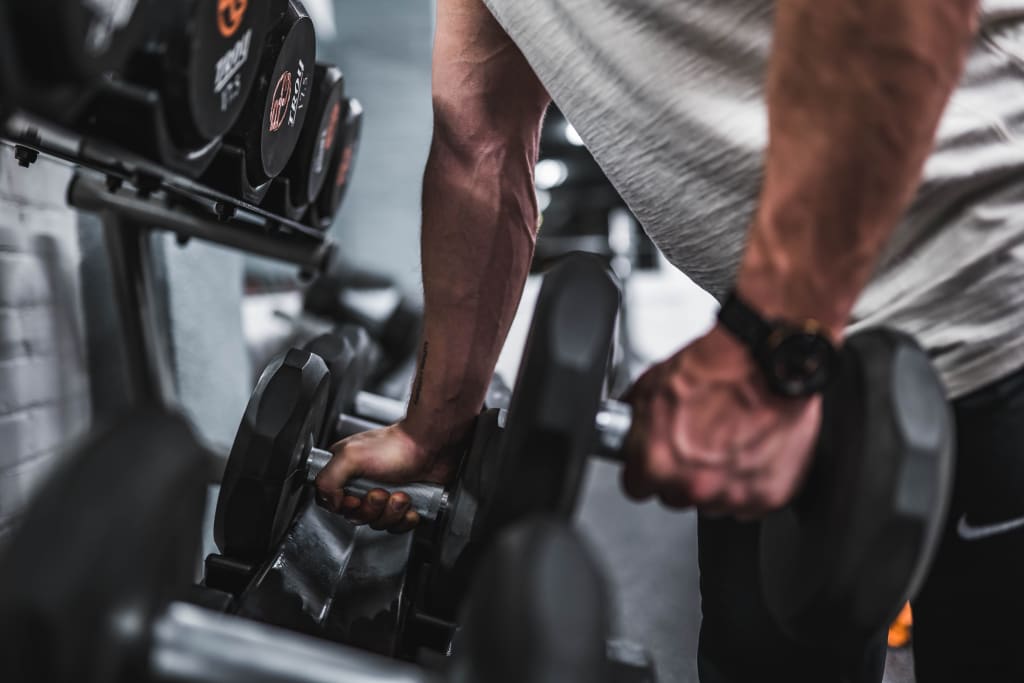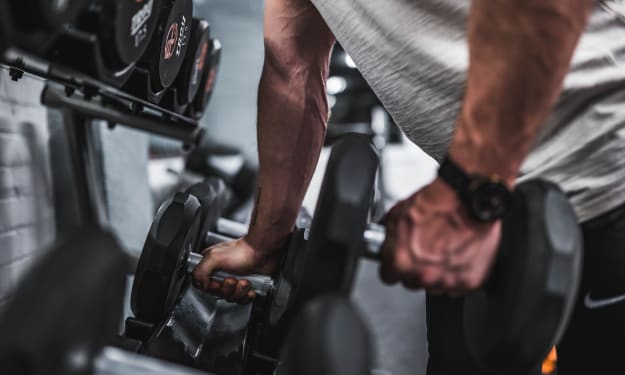Why You Should Do The Push Pull Legs Workout
Chest, back, and legs

I’ve lost approximately twenty pounds of fat, got stronger, and built muscle in two months of doing this workout, so I thought I would share some details so you can incorporate this routine into your exercise regimen.
The Push Pull Legs workout, or PPL, is a workout which focuses on a different group of muscles each day. Push day focuses on the chest and triceps because these muscles work together for most chest exercises like the bench press. Pull day focuses back and biceps for the same reason. And finally, leg day focuses on…you guessed it…leg exercises.
You change which muscle group is exercised each workout by alternating days. So on Monday, you push; Tuesday, you pull; and Wednesday, you do legs. You can do this workout six days a week if you’re feeling extra motivated, hitting each muscle group twice weekly.
Here are some benefits of a PPL workout:
Balanced muscle development: The PPL routine allows you to target all major muscle groups effectively. Push exercises primarily target your chest, shoulders, and triceps. Pull exercises focus on your back, biceps, and rear deltoids. Leg exercises work on your quadriceps, hamstrings, glutes, and calves. This balanced approach helps promote overall muscle development and symmetry.
Frequency and recovery: With the PPL routine, you train each muscle group twice weekly. This increased frequency can be beneficial for muscle growth and strength gains. By targeting different muscle groups on different days, you provide ample recovery time for each group, reducing the risk of overtraining and allowing optimal recovery and growth.
Time efficiency: Push-pull-legs workouts often involve compound exercises that simultaneously work for multiple muscle groups. This approach can save time in the gym by allowing you to target multiple muscles with each exercise. Additionally, the split routine allows for efficient use of time since you can focus on specific muscle groups during each session.
Versatility and variety: The PPL routine offers flexibility and variety in your workouts. Numerous exercise options for each push, pull, and leg category allow you to switch up your routine regularly. This variety helps prevent boredom and ensures you continue challenging your muscles and making progress.
Improved strength and performance: By incorporating compound exercises like squats, deadlifts, bench presses, and pull-ups, the PPL routine helps develop functional strength and power. These exercises engage multiple muscle groups simultaneously, mimicking real-life movements and improving overall performance in sports and daily activities.
Customizability: The PPL routine is highly customizable to suit individual goals and preferences. You can adjust the volume, intensity, and exercise selection based on your needs. Whether you aim for muscle hypertrophy, strength gains, or fat loss, the PPL routine can be adapted accordingly.
I use the following workout routine six days a week and have seen some excellent results.
Push Day:
Barbell Bench Press: 3 sets of 8–10 reps
Overhead Press (Barbell or Dumbbell): 3 sets of 8–10 reps
Incline Dumbbell Press: 3 sets of 10–12 reps
Dumbbell Flyes: 3 sets of 10–12 reps
Tricep Dips or Skull Crushers: 3 sets of 10–12 reps
Lateral Raises: 3 sets of 10–12 reps
Tricep Pushdowns: 3 sets of 10–12 reps
Pull Day:
Pull-Ups or Lat Pulldowns: 3 sets of 8–10 reps
Barbell Rows: 3 sets of 8–10 reps
Seated Cable Rows: 3 sets of 10–12 reps
Dumbbell Bicep Curls: 3 sets of 10–12 reps
Hammer Curls: 3 sets of 10–12 reps
Face Pulls: 3 sets of 10–12 reps
Reverse Flyes: 3 sets of 10–12 reps
Leg Day:
Squats: 3 sets of 8–10 reps
Romanian Deadlifts: 3 sets of 8–10 reps
Leg Press: 3 sets of 10–12 reps
Lunges (Dumbbell or Barbell): 3 sets of 10–12 reps per leg
Leg Extensions: 3 sets of 10–12 reps
Leg Curls: 3 sets of 10–12 reps
Standing Calf Raises: 3 sets of 10–12 reps
Remember to warm up before each workout and adjust the weights and repetitions based on your fitness level and goals. It’s also important to rest between sets for 1–2 minutes and prioritize proper form and technique to prevent injuries.
Additionally, consider incorporating a rest day between each workout for adequate recovery and adaptation. For example, you could follow a PPLR (Push-Pull-Legs-Rest) schedule, where you have a rest day after each leg day.
The Push Pull Legs (PPL) workout routine offers balanced muscle development, increased training frequency, time efficiency, versatility, improved strength and performance, and customization options. Following this routine consistently can significantly improve muscle growth, strength, and overall fitness. Remember to seek guidance from a professional to ensure proper form and tailor the routine to your specific needs.
About the Creator
Patrick Meowler
A resilient writer who is recovering from addiction and stumbling his way through depression and anxiety. His personal journey has shaped his writing, allowing him to intimately explore the complexities of the human condition






Comments
There are no comments for this story
Be the first to respond and start the conversation.